Blackbeard's Ghost Learning Experiences
This week is a choose your own pirate adventure! I wrote two blog posts this week: one with pirate activities based on this movie, Blackbeard’s Ghost, and another using the movie Muppets Treasure Island, also streaming now on Disney+. If your child is a little older (middle elementary school age and up) Blackbeard’s Ghost is great movie to watch! If your child is a little younger, her or she may not follow the plot line of the movie, so I would suggest watching Muppets Treasure Island. Of course you could always watch both! Most of the activities are similar with just a few differences.
Blackbeard’s Ghost was a favorite when I was growing up. Made in 1968 it stars Dean Jones, Suzanne Pleshette, and of course Peter Ustinov. As you are watching the movie, you may find that Ustinov’s voice sounds familiar. He made a cameo in The Great Muppet Caper (a learning experience I did before, which you can find here) and he is of course the voice of Prince John in Disney’s animated version of Robin Hood. My brothers and I laughed a lot at Blackbeard’s antics in this movie and my girls did the same! Just to note: this movie is not scary at all. Although it is the ghost of Blackbeard, he is funny—not at all frightening. My older one really liked Blackbeard’s Ghost, even if, at 7, she didn’t understand all of it. My four year old didn’t really get it, but laughed at the funny parts all the same.
Here are the supplies you will need for this week’s activities:
-paper, colored pencils, markers
-fort building materials
-a compass (could be an app on your phone)
-Suggested Books: Me On the Map Joan Sweeney, There’s a Map on My Lap by Tish Rabe, and The Zax from The Sneetches and Other Stories by Dr. Seuss
-Supplies to make an obstacle course- anything you have laying around. Some ideas include chairs, hula hoops, cones, jump rope, scarves, etc.
-measuring tape/ruler/yard stick
-dice and/or quarters for a probability game
The Hook: What is a Pirate?
Lots of kids know about pirates. My daughters knew that they had long hair, funny hats, and usually an eye patch. But what do pirates do? This is an opportunity to tell your kids that pirates are bad guys (or as my daughter says “villains” because, as she pointed out, “girls can be bad guys, too”) on the sea or ocean. Pirates are robbers. They would steal things from other ships, including stealing the ships themselves. Although this movie, and many others, talk about pirates burying their treasure, that is actually a myth. Pirates spent the money that they stole instead of burying it and no one has actually ever found a pirate’s buried treasure. This is all according to a National Geographic video that I reference below. If you’ve done other learning experiences, then you know that I love maps! This is a great time to bust out a map, globe, or atlas (ones on the computer are fine, but I always prefer the tactile experience to a real one that you can touch) and show the oceans on which they sailed. As one of the videos I will reference later says, piracy began in Greece and there were pirates in the Mediterranean. Blackbeard’s ship was found off the coast of North Carolina in the 1990s (my best friend’s family lives in a small town off the coast in North Carolina and the city is full of Blackbeard tourism and merchandise), so you could also show the Atlantic Ocean, as well as the Caribbean (Pirates of the Caribbean, for those who are a fan of the Disney World/Disney Land ride or the movie, is also available for streaming on Disney+. Note: Pirates of the Caribbean: The Curse of the Black Pearl is rated PG-13 and has some scary elements, so it’s definitely better for older ones).
Now that you have some background information on pirates, let’s watch the movie Blackbeard’s Ghost!
The Jolly Roger: Make Your Own Pirate Flag
A pirate ship just wouldn’t be a pirate ship without the good ol’ Jolly Roger. It’s the black flag with the white skull and crossbones. Ask your children what their pirate flag would look like if they had a pirate ship. Put out paper, colored pencils, and markers and see what they come up with. One of my daughters created a flag that she called “The Star” and the other one named hers Emma.
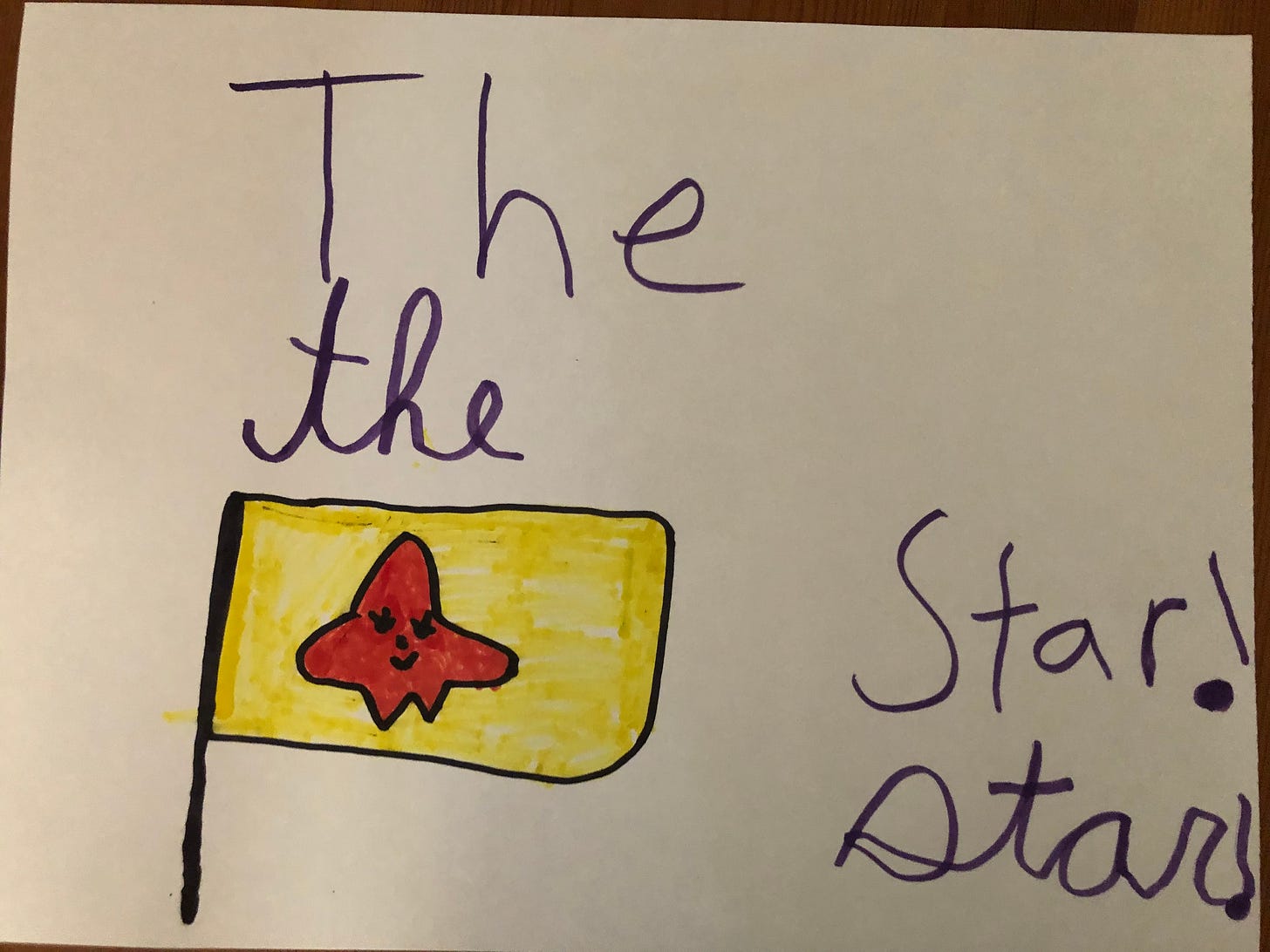

What Are The Parts of a Pirate Ship? Build Your Own and Play!
We talked about the parts of a pirate ship. You can look at some Google Images of pirate ships and their parts. I found this image (check out slide 5) on Pinterest that you can look at to help with labels. We also talked about the terms port (left) and starboard (right). We remembered that port means left because they both have 4 letters. Later, on a bike ride, my kids were yelling to each other to go “port” or “starboard” depending on where they were riding.
This week we went to San Francisco for a day trip and saw a cannon outside of Fort Mason. It tied in perfectly to our pirate theme!

After reviewing the parts of the ship, we decided to make our own! Think of it as building a fort. Whatever supplies you use to build a fort, you could use these to make a ship. We used this great fort-building rods and connectors kit that I bought from Lakeshore Learning. We built a tall mast and put a sheet on it to make a sail. Then we taped the girls' Jolly Roger flags to the top. The girls pretended to be “Fruit Pirates”. Our yard has fruit trees, so the girls “sailed” to the different fruit trees, commandeered the fruit, pirate-style, and took it back to their ship. What ferocious pirates!
We used outside, but you could really build your “ship” anywhere. You could use a bed, a couch, a bunch of chairs you put together—the sky’s the limit!

What is a Pirate? Youtube Videos To Watch
I found a few fun videos about pirates on Youtube. (As always, make sure to watch Youtube with your children as you never know what ads and videos may auto load.) This first one is done by “A Kid Explains History”. It’s really good, but it does mention hanging, so I want to give you a heads-up. My daughter said “I don’t really understand, he talks really fast”, so afterward we watched this one. My kids liked this one, too. I would just note that it never explains what a pirate is, but the rest of it is good. Lastly, here is a video from National Geographic for older kids. It tells 5 Myths About Pirates That Are Actually True (which technically doesn’t make them myths, but whatever).
A Day In the Life of a Pirate: Write a Journal Entry
This is a great activity to do after watching the pirate YouTube videos. Ask your child to imagine what it would be like to be a pirate on a pirate ship. What would a regular day look like? What job would your child have? What would the pirates eat? Is the work hard or easy? After imagining, have your child write the journal entry.

If you have a younger one, ask him or her to tell you what the journal entry would say. My four year old said, “Arrrr. Hello! Do you want to know about me the pirate? I play music. Arrrr! I am Captain Flower. I am the music player on the ship. I play the accordion. There are 29 people on the ship. It’s named Captain Curley.”
Treasure Hunt! Make Your Own Treasure Map
Who doesn’t love a good treasure hunt? Time for your child to hide some treasure and make a map to lead you to it. X marks the spot! My daughters hid several items for me to find throughout our backyard. They drew a map of our backyard and included different landmarks, making sure they were in their proper places, so that I could use the map to find the hidden treasure. You don't have to make a map of the outside. If you don't have a backyard, you can have your children make maps of a certain room.
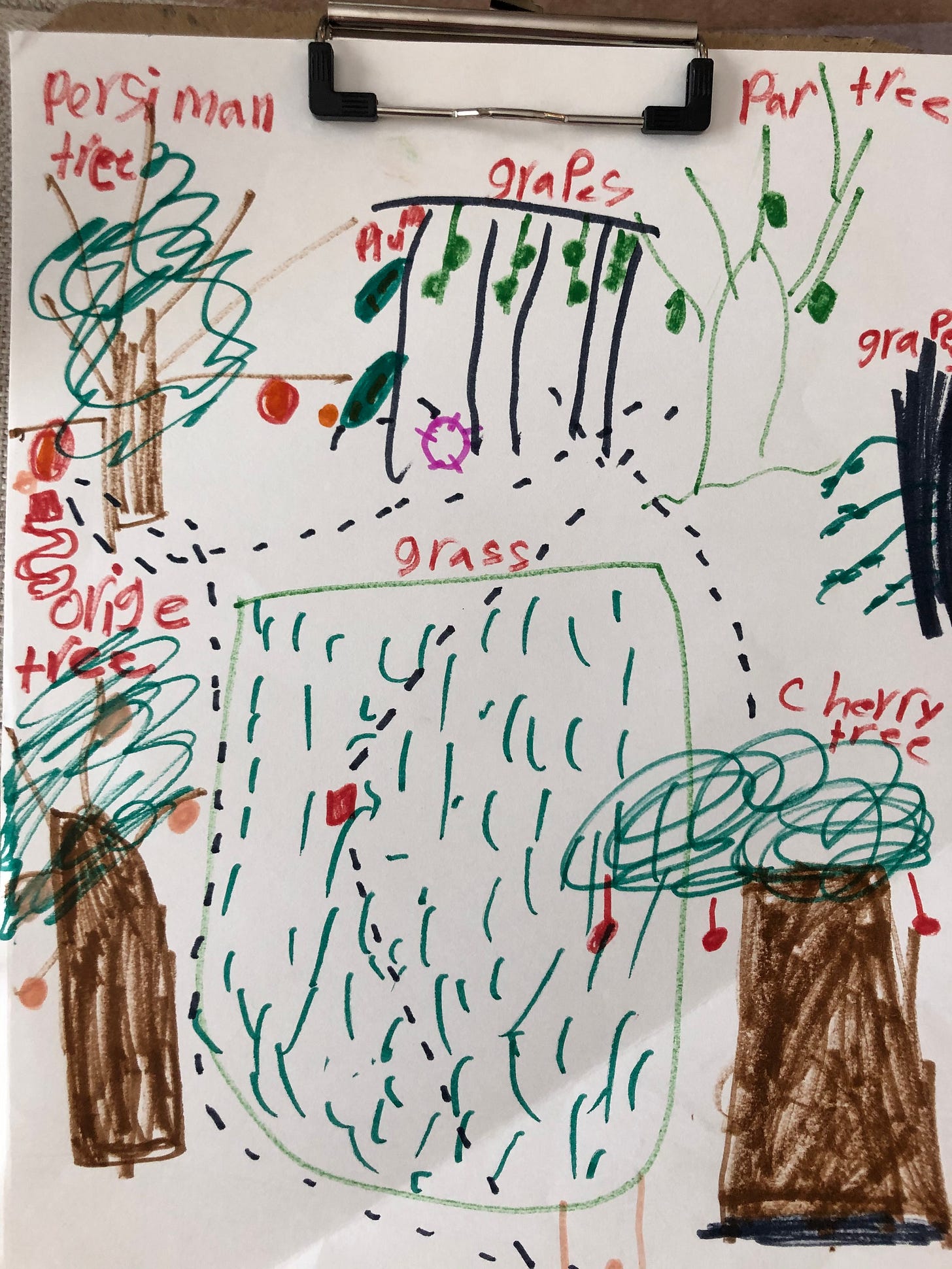
What is a Compass? Finding North, South, East, and West
This movie provides a great opportunity to talk about cardinal directions. If you have a compass, this is a great opportunity to pull it out. No compass? No problem! You can download a compass on your phone. Use it to find North, South, East, and West. Make labels of each of these directions and put them on the walls of your house. You can play games. Ask your child to go get something from the South side of the house or room. Your child will get a kick out of using terms like “North and South” instead of “over there”. A great book to pair with cardinal directions is The Zax from The Sneetches and Other Stories by Dr Seuss. You can also check out There’s a Map on My Lap by Tish Rabe.
Me on the Map
Looking for more mapping activities? Try Me On the Map by Joan Sweeney. I used this book as a teaching tool with my second graders every year. It’s a great way for kids to see how they fit into the maps of our world. You can find the book here on Amazon or you can also find a read-aloud on YouTube. Reminder-make sure to watch Youtube with your children as you never know what ads and videos may auto load.
After reading the story, encourage children to make a map of their bedroom, just like the girl in the story does. Or make a map of your street and the house on it. Introduce the idea of a map key. Have them create a key for their map. Use the compass from the previous activity to label North, South, East, and West on the map.
Scavenger Hunt: Design Your Own
Who doesn’t love a good scavenger hunt? This is an opportunity for your children to create their very own, and it’s an opportunity to write and they don’t even know it! Have them make a list of things that you need to find. They can be as simple as “Find an object that is purple” or “Find an object that makes sound”. Have them write down as many as they can think of. When they are done, they can give it to you or a sibling to find. Want added fun? Have them FaceTime or Zoom a friend or relative and read off the items for the friend or family member to find. It’s a fun activity to do virtually and a great way to connect with someone else during this time of Covid! Or mail it to someone via snail mail and they can mail it back when completed.
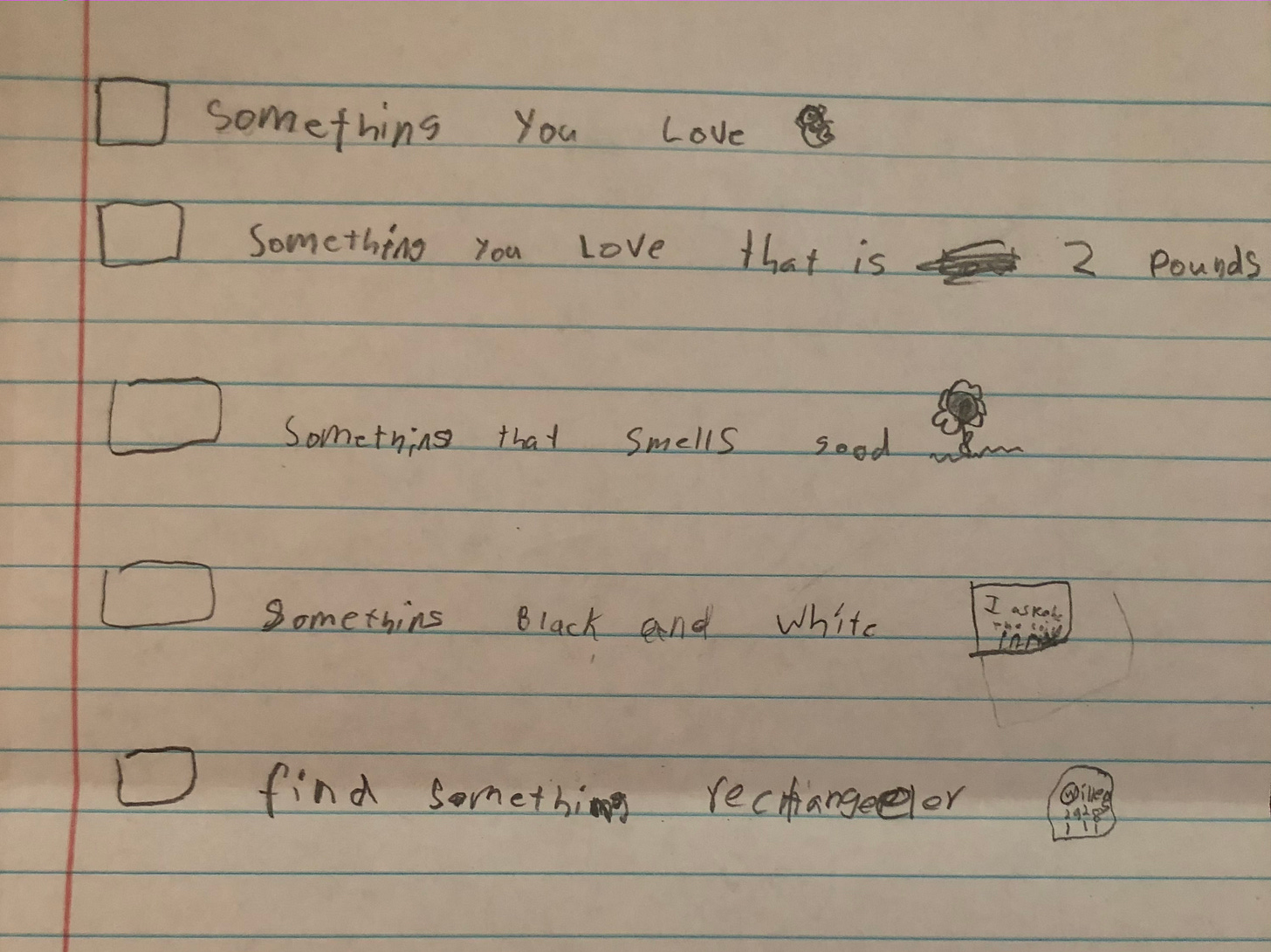
Obstacle Course Inspired By the Relay Race
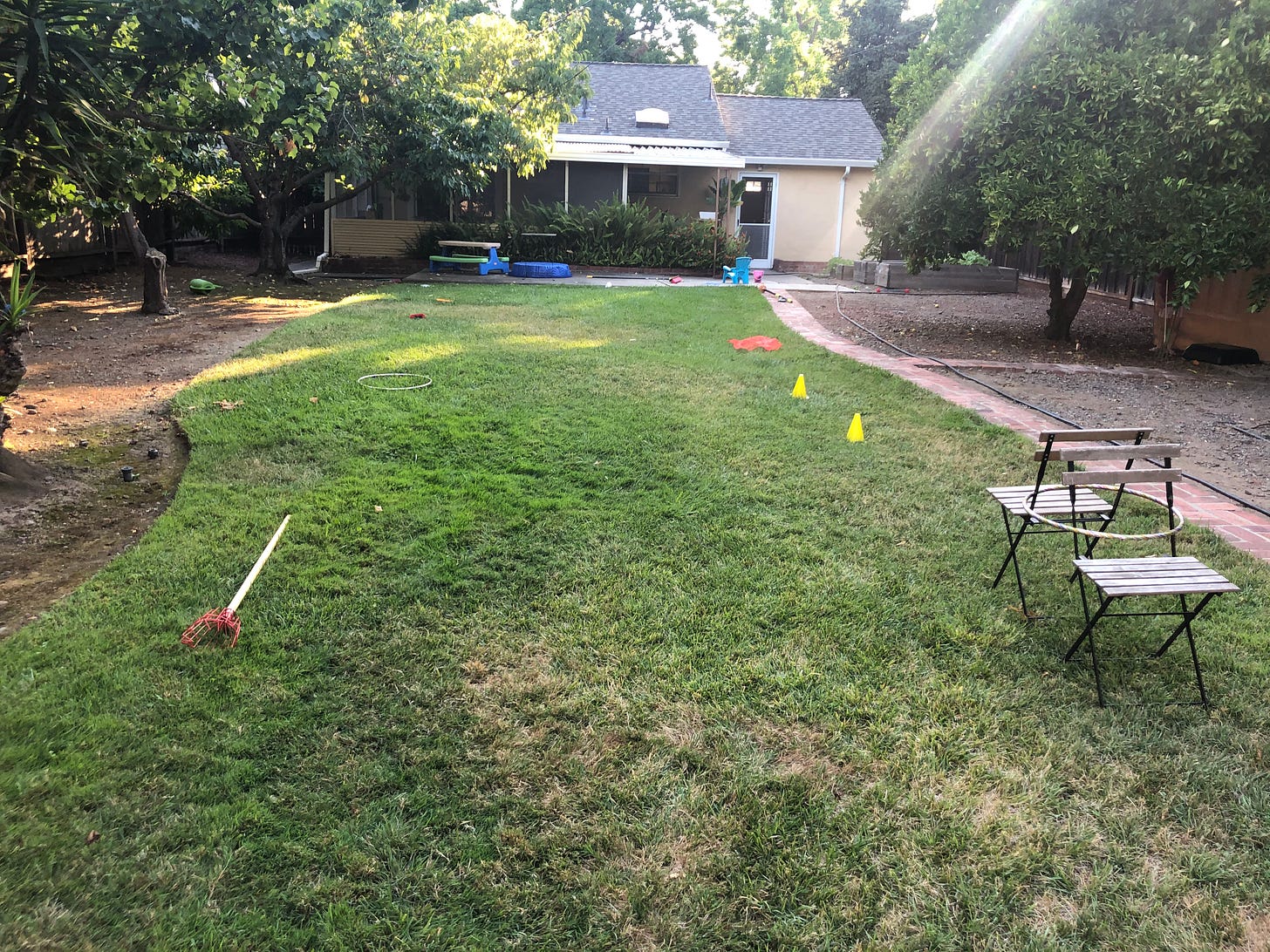
One of the most exciting parts of the movie is when Godolphin and Broxton face off in the college track and field meet. Using the scene from that movie as inspiration, my daughters created their own track and field obstacle course in the backyard using various items. They also used a measuring tape to measure the distance between obstacles—a nice way to throw an authentic use of math into the activity. Just make sure your child knows how to measure by putting the end of the measuring tape to the end of the item to be measured, noting that it is important for accuracy. Don’t have a measuring tape at home? No problem! You could also use a ruler or yard stick. Don’t have those either? Find something to be a standard object for measuring. For example, your child could line up 8.5x11 sheets of paper side to side to measure the distance between obstacles. For example, the distance between obstacle 1 and obstacle 2 could be 4 pieces of paper.


Probabilities: Dice and Quarter Games
When the characters go to Silky’s restaurant to gamble and try to win back the money Seymour and his thugs stole, they play roulette. This is a fun opportunity to talk about math and probabilities. You could do this one of two ways. You can use dice or a quarter. Decide on a number, like 50. Have your child make a hypothesis. If a die is rolled 50 times, what numbers would come up most often? Will there be a large difference between numbers? Roll a die 50 times. Tally how many times each number is rolled. You could also do this with a quarter. Ask your child, if you flip a coin 50 times, how many times will heads or tails come up? Write down the guess, then try it out! Tally and see what happens! If you have a younger child, you could do fewer rolls or flips. However, the larger the amount of rolls or flips, the more even of a spread you will begin to see.
Silky Seymour’s Restaurant: Make Your Own Menu
Here’s another great opportunity for writing. We started by looking at examples of menus on Google Images, noticing how menus were broken up into various sections. Some broke them up by breakfast, lunch, dinner, and dessert. Others broke them up into categories such as appetizers, salads, main courses, desserts, and drinks. We also looked at some kid menus, as well. After some inspiration and noticing what they liked in a menu, my daughters created their very own. Have your child include prices in the menu, as well. This is a great opportunity to practice writing dollars and cents, as well as estimating what a reasonable amount for a food item would be. For example, the dinner items should cost more than the desserts, and the desserts should cost more than the drinks.
For my children this turned into some restaurant play. They gave me the menu and asked me to order items off of it. Older kids could write receipts and add up the items ordered to give a grand total. This is also a great opportunity to practice making change. You can always use Monopoly money from a board game. If you don't have any, have your child make some money. My girls love any reason to cut a bunch of construction paper apart. Just decide together what different denominations you will need and then let them to the rest!

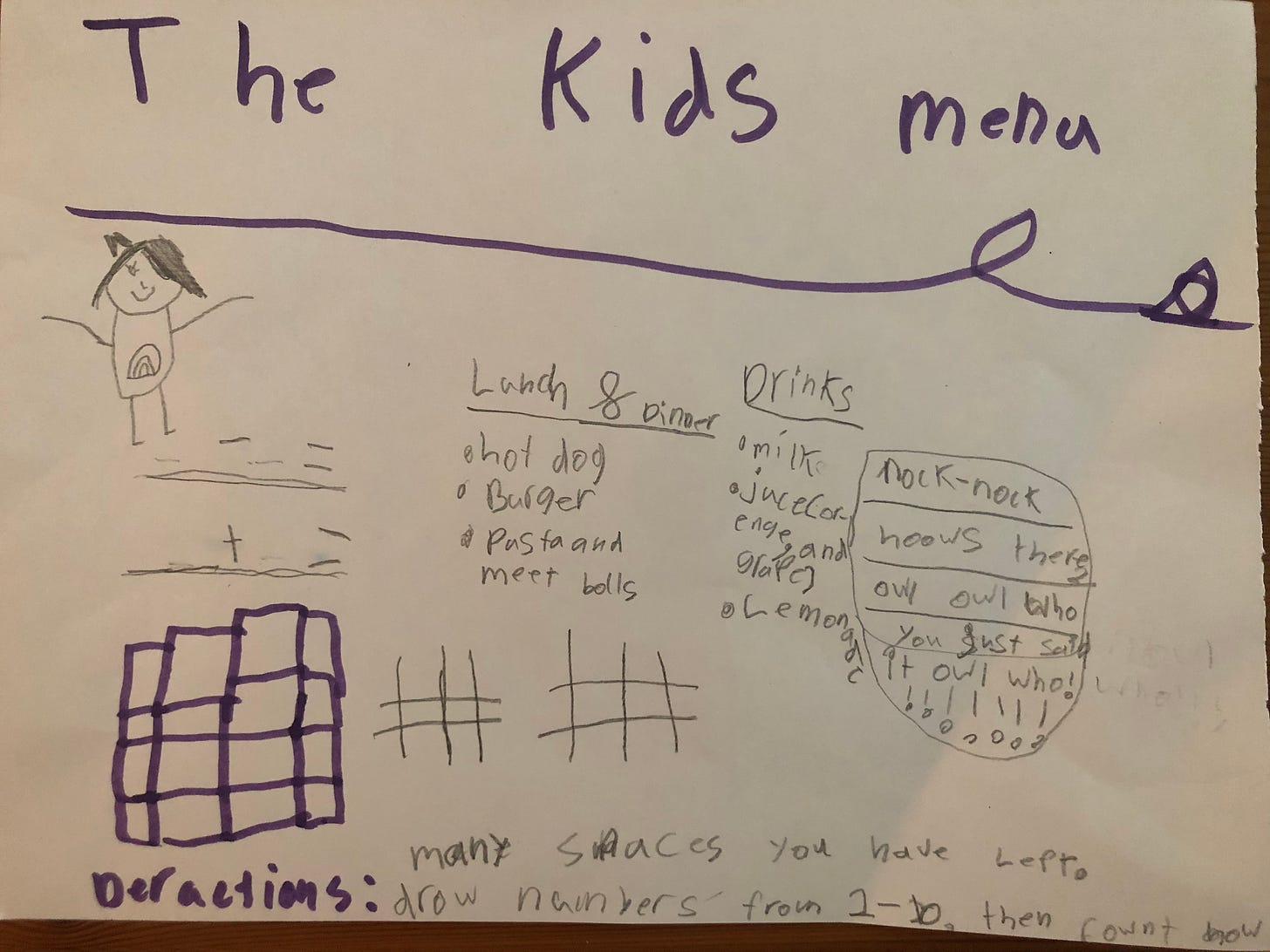

Well, that’s all for this week! I hope you enjoyed Blackbeard’s Ghost! See you next time!
~Nicole
